Social media influencers are glamorising the hunting and eating of marmots which carry the highly contagious disease which can kill in 24 hours and is deadlier than coronavirus
A 16-year-old boy has been struck down by a suspected new case of the ‘Black Death’ bubonic plague today.
Authorities in Mongolia are wrestling with what is feared to be a new outbreak of bubonic plague as health officials begged young people to take the threat of Black Death infection seriously.
The teen was said to have defied warnings not to eat the meat of potentially infected rodents and is now in hospital.
Top health officials today pleaded with social media influencers to stop glamorising the hunting and eating of marmots which carry the highly contagious disease.
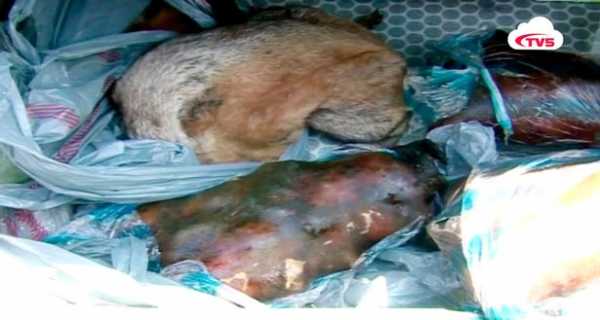
These illegaly hunted marmots were seized by the Mongolese government
(Image: TV5 Mongolia)

McDonald’s customer brutally beats manager after ‘being reminded to put on face mask’

Thug in unicorn onesie swipes Buckfast as woman spits in shopkeeper’s face
The teenager from Govi-Altai province in western Mongolia ate marmot on Tuesday and developed a fever on Wednesday.
Bubonic plague is a bacterial disease spread by fleas living on wild rodents like marmots.
It was the deadliest pandemic recorded in human history and resulted in the deaths of up to 25–200 million people across the globe, peaking in Europe from 1347 to 1351.

The teen ate the marmot meat despite warnings not to
(Image: TV5 Mongolia)

Teenagers are using face masks to dress up as old people and buy alcohol

Dangerous raccoon dogs spotted in Britain as public urged not to approach them
It kills in less than 24 hours if not treated promptly, and Mongolian officials warned it is potentially more deadly than coronavirus.
Neighbouring Russia has stepped up measures to counter outbreaks in southern Siberia.
A 15-year-old boy died from the Black Death in the same Mongolian province of Govi-Altai on Sunday, while two brothers were infected in a separate outbreak in neighbouring Khovd region.

Marmots carry the killer infection but social media users are apparently glamorising eating the wild animals
(Image: MongolTV)
The country’s National Centre for Zoonotic Diseases said 17 out of all 21 provinces of Mongolia are epicentres or natural homes to bubonic plague.
A case was also confirmed in China.
All were linked to infected marmots, a rodent which is the heaviest member of the squirrel family.

Dr B Amgalanbayar warned teenagers of the risk to their lives
(Image: Livetv.mn)

Epidemiologists test the rodents in Buryatia
(Image: Vesti.ru)
The head of the Mongolian disease centre Dr N.Tsogbadrakh accused citizens of being “indifferent” to the bubonic plague threat which has a mortality rate of between 30 and 100 percent.
Local celebrities with many followers were warned against promoting marmot hunting.
“On social media, people with a lot of followers are posting pictures of marmot hunting…
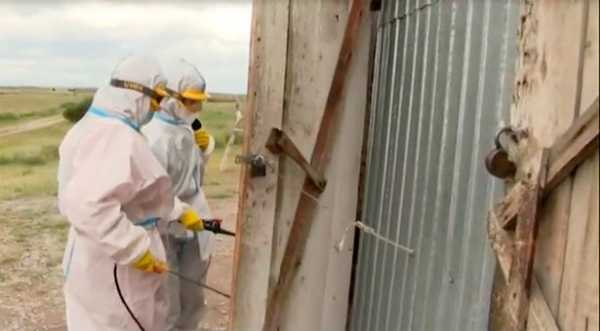
Premises are disinfected in the Altai Republic
(Image: Vesti.ru)
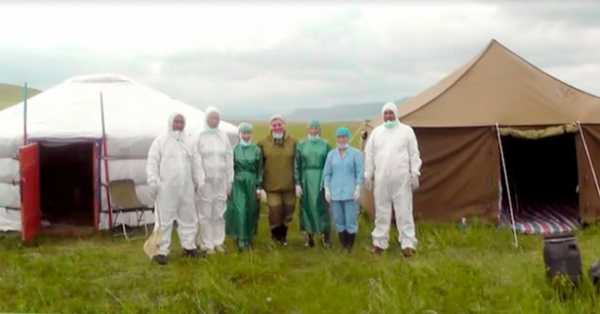
(Image: Vesti.ru)
“The police and intelligence services need to take this into account and take action.”
His deputy Dr B Amgalanbayar warned: “Marmots and other rodents are highly contagious. The risk is very high…
“Marmot epidemics are being registered not only in our country but also internationally, in the border areas of Inner Mongolia, Russia, Kazakhstan and China….
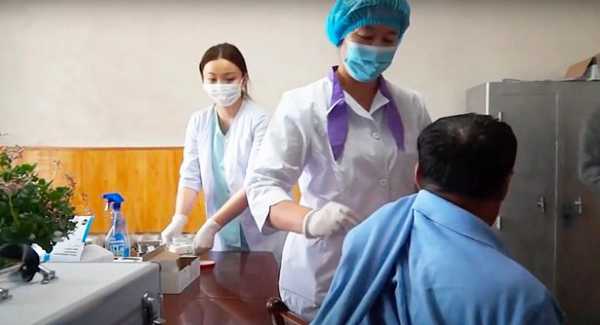
Vaccinations have been taking place in Mongolia
(Image: sayan tv)

A epidemiologist covers up in Buryatia
(Image: Vesti.ru)
“It is a risk to your life and the health of all you and your loved ones,” said the senior official.
“When a plague is spread, there is a risk that society will be burdened with an infectious disease like the coronavirus.
“The majority of reported cases of marmot epidemics in recent years have been reported in adolescents.
Feared new bubonic plague outbreak

Squirrel gets bubonic plague in Colorado
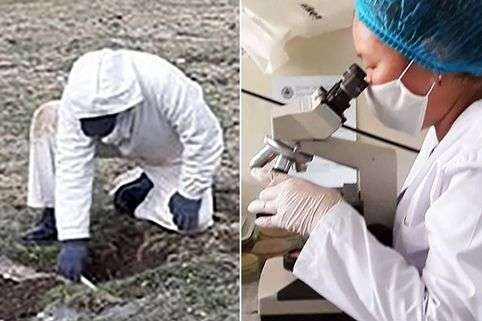
Boy, 15, dies of Black Death

China detects bubonic plague
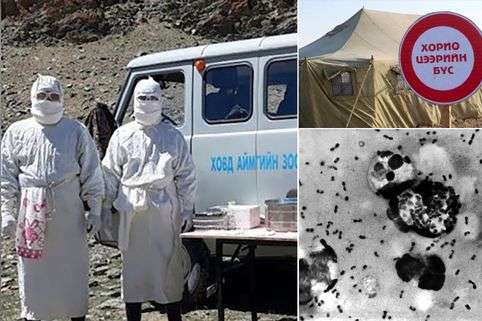
What is the bubonic plague?
“Parents should warn their children not to hunt marmots by trapping them and not to use marmots that have been bitten by dogs.”
Russia is taking urgent measures to protect its population in areas bordering Mongolia.
In Tuva republic, in southern Siberia, some 3,000 people have been vaccinated, reported state TV.
In Altai Republic summer camps of shepherds have been disinfected.
Nadezhda Ravenskaya, head of a special laboratory in Chita, said:”We are always ready for the plague.
“We have here full capability for diagnosis, everything.”
Sourse: www.mirror.co.uk
I am excited to share with you a review of Maria, a fortune teller who helped my husband overcome a…
I would like to share my delightful experience of working with fortuneteller Maria Nikolayevna. Her talent and ability to predict…
It was very difficult for me after my husband left me. I tried everything I could to convince him to…
Lately, many of my acquaintances wonder why I have blossomed and look so happy. But before, I was a gloomier…
Со мной судьба поступила жестоко. Год назад меня с ребенком бросил любимый муж. В начале марта прошлого года в Мариуполе,…
Your email address will not be published.